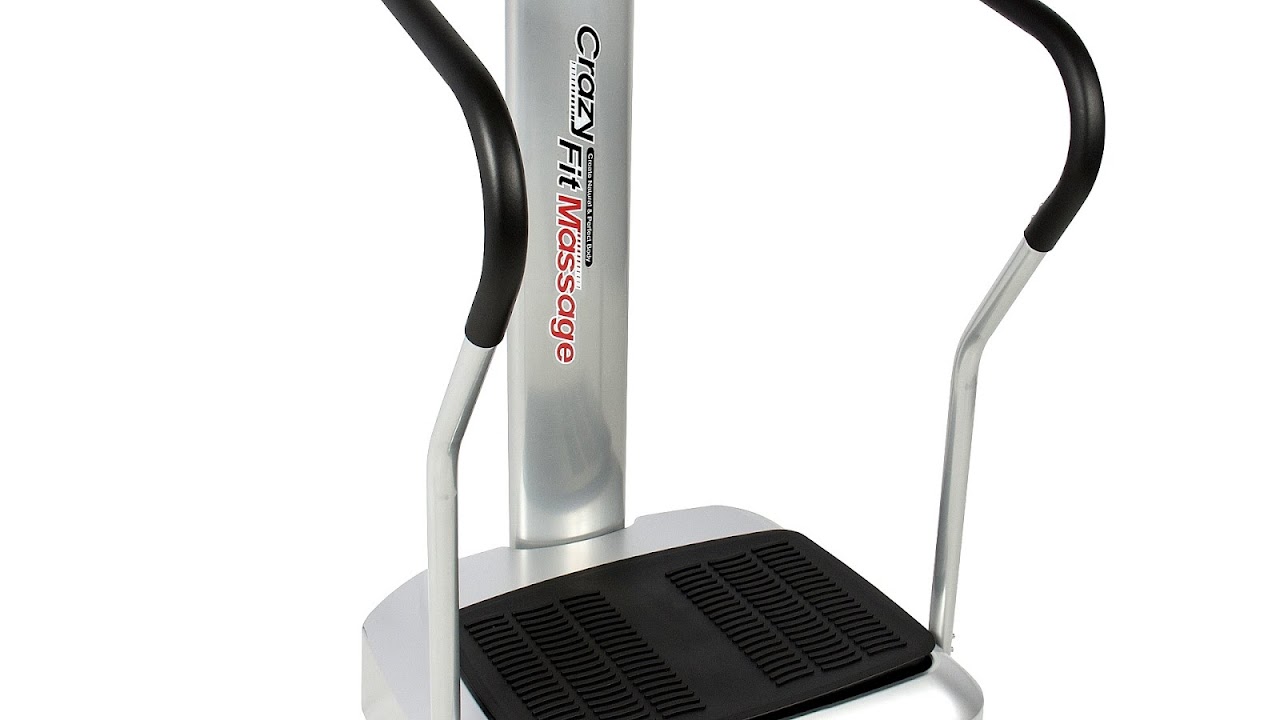
Galileo (in the US up until 2014 also available as Vibraflex) is a brand of vibration training platforms used as exercise equipment as well as for therapeutic use. It consists of a vibration platform which vibrates sinusoidal side alternating like a see-saw. Depending on the device size it oscillates with an amplitude of up to 6 mm (equivalent to a peak to peak distance of 12 mm) and a frequency of 5 Hz to 40 Hz (5 to 40 repetitions per second). Galileo is manufactured in Germany by the German company Novotec Medical GmbH. Since 2004 Galileo is also available as a medical device.

Maps, Directions, and Place Reviews
Basic Function
The base plate of Galileo vibration training devices is moving like a see-saw. This side alternating motion is supposed to mimic human gait in order to utilize nearly physiological motion patterns close to the side alternating human gait. The side alternation causes the hip to tilt which requires the contra lateral muscles of the back to be activated - while one leg is lifted the other drops. Compared to vertically vibrating devices the side alternating motion results in very low acceleration acting on the centre of gravity of the upper body and the head.
Gym Body Vibration Machine Video
History
History of Galileo Training Devices
The first Galileo patent was filed in 1996 in the same year the first Galileo device was commercially available. The first publications the new field of whole body vibration (WBV) training in 1998 used Galileo devices.
Also in 1996 the first Galileo vibrating dumbbell patent was filed. It was optimized for the usage at the upper body. First research on this system was published in 1999.

Training Parameters
The more than 180 international peer reviewed studies about whole body vibration training show quite a variance in training results even in studies which seem to be comparable on first sight. This is partly due to device specific differences (e.g. side alternation vs. vertical vibration, large differences in training amplitudes and used frequencies) which makes the results of studies difficult to compare. In addition many study designs seem not to incorporate the basic rules of adaptation of the training intensity to the individual as described in modern training methodology. Further more the precise training parameters are mostly described only incompletely. As a result, it can often not be distinguished weather a negative outcome is related to vibration training itself or mainly to a lack of adaptation of the training to the abilities of the trainee.
Some parameters which can be altered in vibration training are:
Amplitude
The higher the amplitude the more intense the training). A higher amplitude results in a higher elongation of ligaments and muscles as well as in a higher elongation speed. Hence the amplitude influences the maximum stretching as well as the maximum motion velocity. Since the Galileo devices are based on a see-saw motion the amplitude can be varied by the foot position: the further apart the feet the larger the amplitude. If the amplitude can not be increased, additional weights (e.g. weight vests or dumbbells) can be used to increase the training stimulus.
In literature as well as in advertisements be aware that when comparing published results or devices, the amplitude (maximum displacement from equilibrium) is often confused with the peak to peak distance (displacement from the lowest to the highest point, or twice the amplitude).
Position & Posture
Especially in frequency ranges where stretch reflexes are triggered the position and posture standing on the device is of importance. Stretch reflexes are triggered in any tensed muscle which is additionally stretched fast enough (e.g. by vibrations). Depending on the position and posture different muscle groups are tensed. For example: standing with slightly bent knees on the fore foot focuses the training on the calf muscle, putting more weight in the same position on the heels focuses the training on the upper legs. Straitening the knees further focuses the training on the muscles of the lower back.
Repetitions
Like in any training the number of repetitions and number of training days per week are an important factor to increase efficiency. Most research on Galileo tried to optimize training effects in a minimum of time. Hence typically two training sessions per week of less than 15 minutes duration have been reported. A few reported even daily usage but for very intense training at high frequencies in order to build up muscle power and volume a rest period of at least one day as with any intense training seems to be advisable.
Source of the article : Wikipedia


EmoticonEmoticon